Fabric and craftsmanship are both very important aspects of hanfu making. In this article, several common hanfu fabric processes will be briefly introduced to you.
Zhuang Hua
Zhuang Hua (妆花) is the most complex variety of weaving technology in Nanjing cloud brocade, and also the representative jacquard silk weaving variety with the most local characteristics of Nanjing, was popular in the Ming and Qing Dynasties. Traditional Zhuang Hua is made of artificial weaving, and the Zhuang Hua on nowadays are all "imitation Zhuang Hua", which are made by machines.
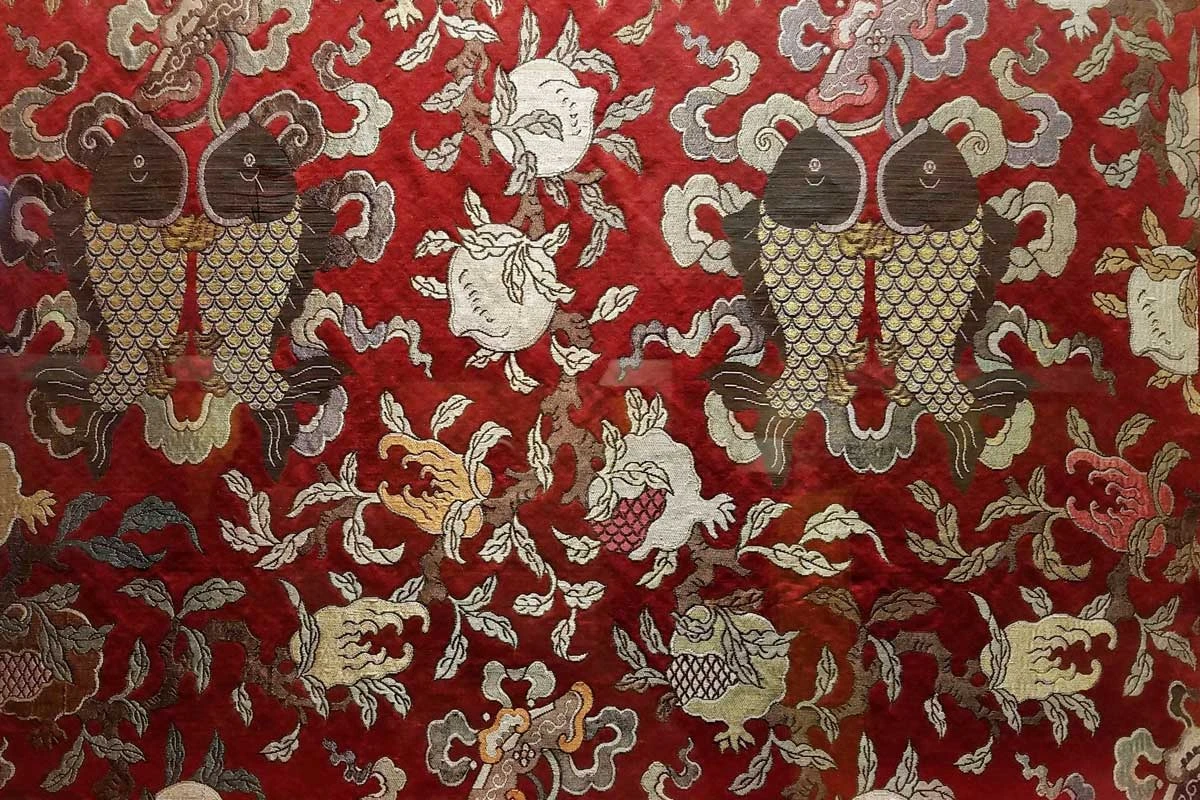
The Zhuang Hua fabric is characterized by many colors and is rich in color changes. In terms of the weaving method, the pattern on the fabric is partially painted by using a colored fleece weft bobbin. The color matching is very free and there are no restrictions.
The main pattern of the design is usually expressed in two or three levels of color, and some patterns are expressed in simple color (such as pedicels, leaves, and buds). A piece of Zhuang Hua fabric with patterns and colors can be matched in more than a dozen or even 20 or 30 colors. Although there are many colors of Zhuang Hua, but it can be handled in a complicated but not messy, unified, and harmonious way, so that the decoration on the fabric can achieve vivid and beautiful artistic effects.
Xiu Hua
Xiu Hua (绣花, Chinese embroidery), also known as Ci Xiu (刺绣), Zhen Xiu (针绣). It is one of the excellent Chinese traditional craftsmen that use embroidered needles to attract colored lines (silk, velvet, thread), according to the pattern of design, use the needles on the fabric (silk, textiles) to form patterns or words with embroidery.
In the Tang and Song Dynasties, embroidering are balanced and thin, and the color setting is rich, popular for applying embroidery for calligraphy and painting, decorations, etc. During the Ming and Qing Dynasties, court embroidery in the feudal dynasties was very large-scale, and folk embroidery was further developed. Suzhou embroidery (苏绣), Cantonese embroidery (粤绣), Xiang embroidery (湘绣), and Sichuan embroidery (蜀绣), were successively produced, known as the "Four Famous Embroidery of China".
In addition, there are Gu embroidery (顾绣), Jing embroidery (京绣), Ou embroidery (瓯绣), Lu embroidery (鲁绣), Min embroidery (闽绣), Bian embroidery (汴绣), Han embroidery (汉绣), and Miao embroidery (苗绣), all of which have distinctive styles and have been handed down for a long time. The uses of embroidery include life clothing, performance or opera clothing, daily necessities such as tablecloths, pillowcases, cushions, and furnishings such as screens and wall hangings.
Yin Hua
Yin Hua (印花, textile printing), the process of printing patterns on textiles with dyes or pigments.
Hanfu Yin Hua is divided into three types: fabric printing, melange printing, and yarn printing, but mainly fabric printing. Melange printing is used to make mixed-colored tweed; yarn printing is used to weave special styles of colored fabrics.
Ancient China applied hollow printing in the Warring States Period. Screen printing is developed from hollow printing, which is suitable for small batches and multi-variety textile printing.
Printed fabrics are artistic products, and the corresponding printing process is selected according to the pattern of the design. There are three commonly used types: direct printing, anti-dye printing, and extract printing.
- Direct printing is the pattern printed directly with dyes or pigments on white or light fabrics, and then evaporation to obtain patterns. The process is short and widely used.
- Anti-dye printing is to print a substance that prevents the dye from staining or color development on the fabric first, and then dye or develop the color, thus obtaining a pattern on the dyed fabric.
- Extract printing is the printing process of printing on dyed fabrics to remove dye dyes and obtain patterns on dyed fabrics.
Ti Hua
Ti Hua (提花, jacquard) is a concave and convex pattern of a textile composed of staggered warp and weft lines.
Generally, the embroidery is plain and encrypted cloth, while the jacquard is relatively high-end. There are requirements for cotton yarn that can be extracted out patterns, and the low-quality cotton yarn cannot extract molded patterns. Jacquard is also divided into plain jacquard and twill jacquard.
Jacquard fabrics are widely used, not only to make casual trousers, sportswear, suits, etc., but also as a kind of good hanfu fabrics. Fabrics are comfortable to wear and are quite popular.
At the same time, it is also necessary to pay attention to the difference between printing and jacquard: printed fabric can be printed after the cloth is woven, and there are many choices; while the jacquard fabric is woven when weaving, and pattern can no longer be changed after the cloth is formed.

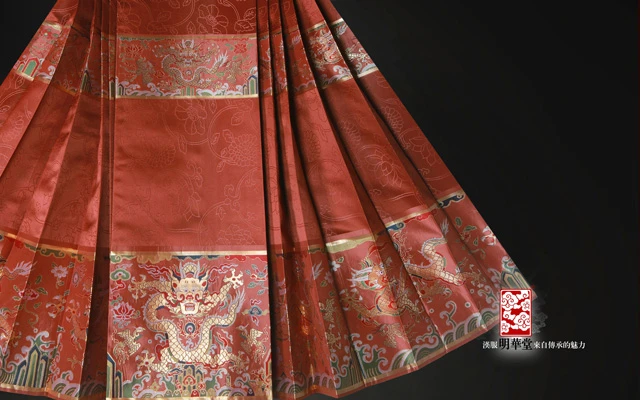
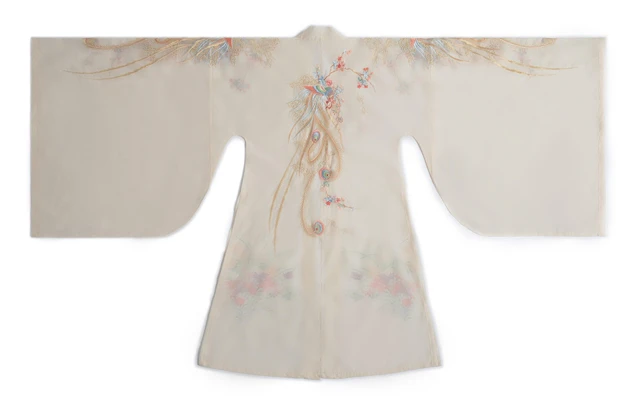
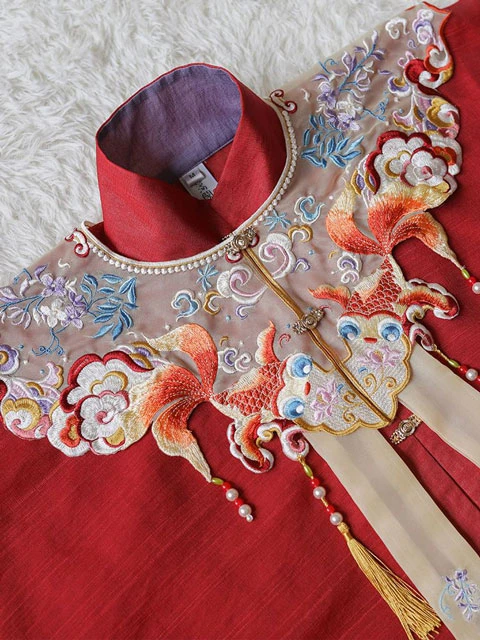
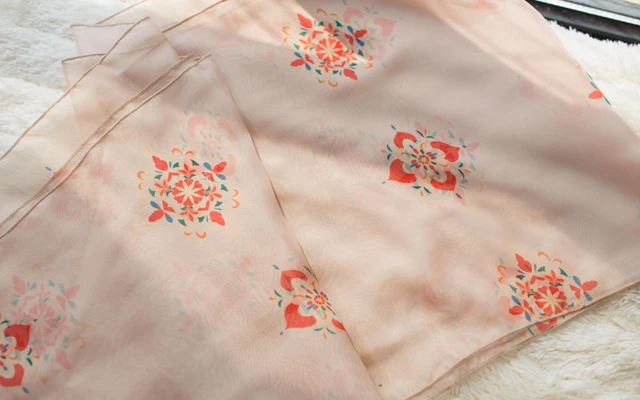
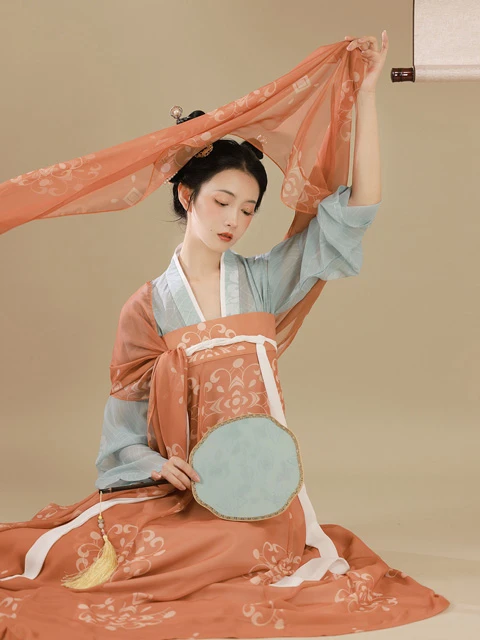
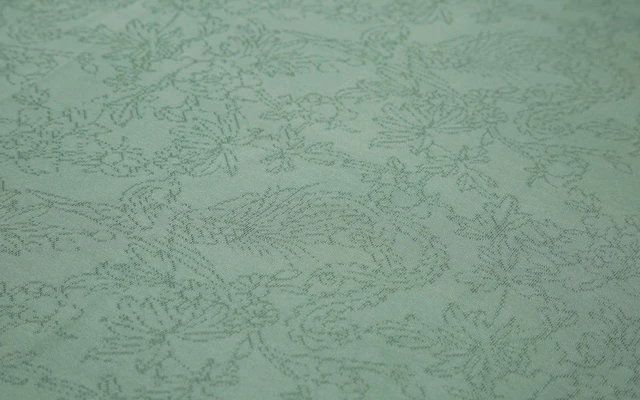



Can you tell more about fabrics with examples?
It was helpful!✔️
Nice article! Thanks😍👍
Saya baru tau jenis kain pakaian hanfu, itu bagus
Terimakasih, artikel yang menarik
omg great article! there's also a version of zhuanghua with just gold or silver thread that's called zhijin/zhiyin!
Beautiful!